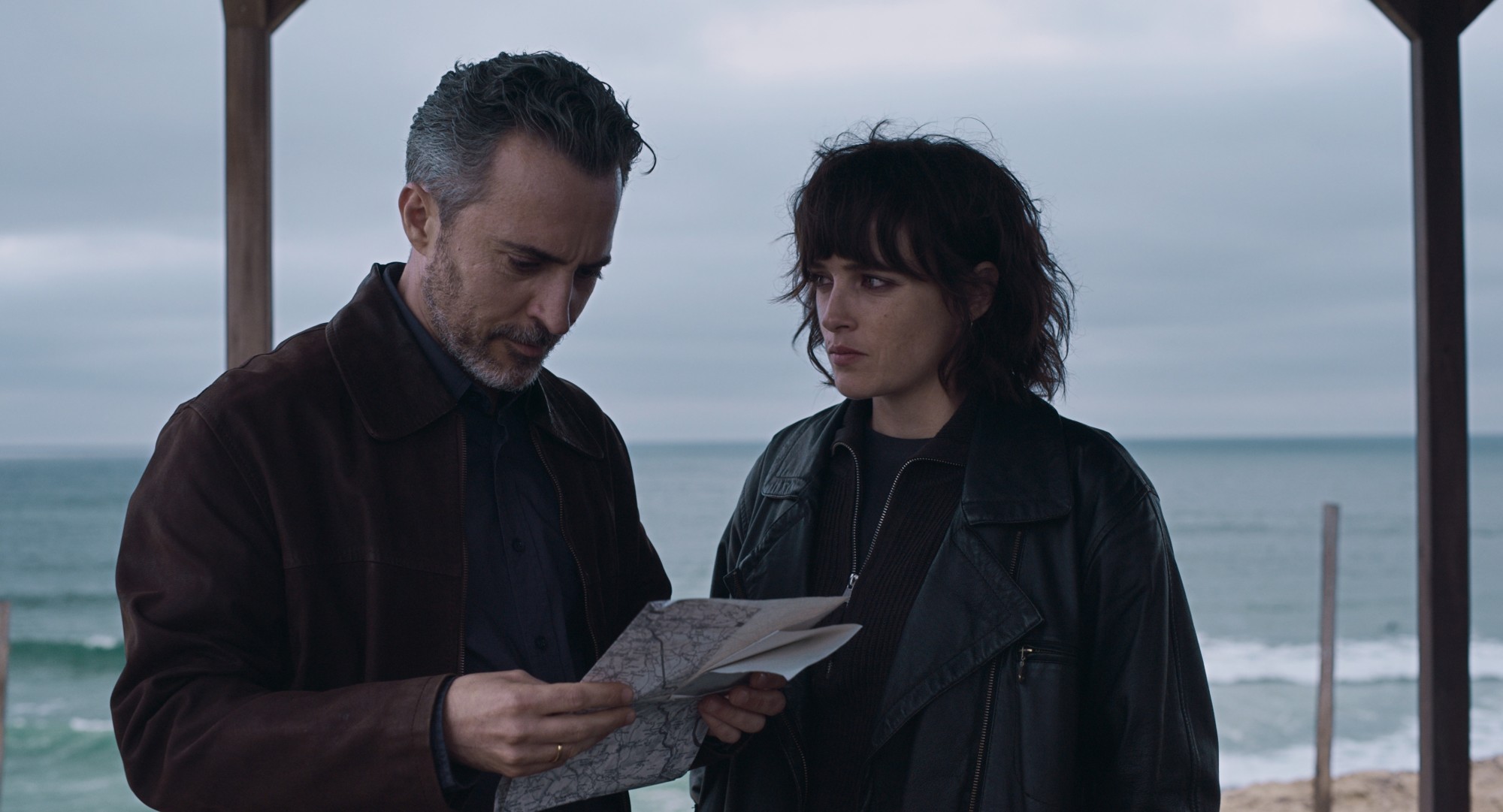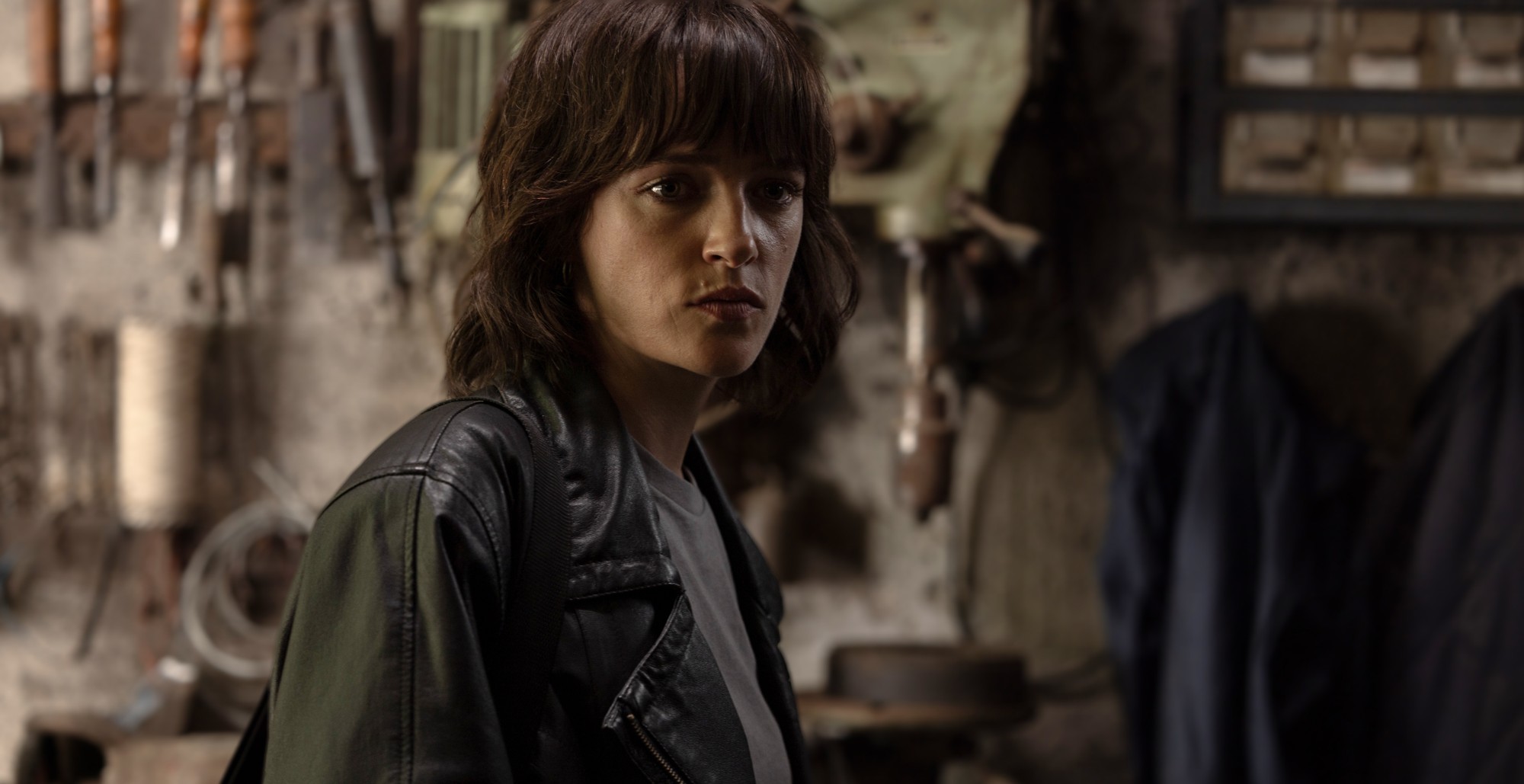Helmed by Agustín Díaz Yanes, Netflix’s ‘She Walks in Darkness’ follows Amaia, a Spanish Civil Guard who decides to leave behind the life she knows and joins ETA, the Basque separatist group, as an undercover agent with one mission: to locate the treasured hideouts of the group. Risking her life every day for over a decade, the protagonist gradually infiltrates the secured ranks of the group and learns of its many well-kept secrets. This spy thriller explores how the young agent transforms with the threat of death looming over her every day while remaining true to her mission throughout. To that end, two of ETA’s hidden dens, Txernobil and Txori, become central to the narrative as their exposure would put an end to a series of violence and shift the course of Amaia’s life.
Txernobil and Txori Are Based on Real-Life ETA Hideouts Used for Storage and Logistics
A significant portion of ‘She Walks in Darkness’ follows Amaia infiltrating ETA’s France-based cells in order to smoke out the location of their hideouts, which are called “Zulos” in the Basque language, meaning holes or pits. Five such dens in particular become the Spanish Civil Guard’s primary targets, with several risky plans being undertaken in pursuit of the exact coordinates. These hidden locations serve not only as centers for the highest levels of decision-making within the terrorist group but also as storehouses for their weapons and intelligence systems. Zulo Txernobil and Txori are described as the largest and most important of the hideout cells, and Amaia is eventually successful in figuring out their locations. While the process of Txernobil and Txori’s discovery is partially fictionalized by writer Agustín Díaz Yanes for the movie, the two cells are likely based on two real terrorist hideouts created by ETA, with Txori potentially being a dramatized version of a real Zulo named Txoriak.

Reportedly, the Spanish Civil Guard first became aware of Txernobil in 1996, following the arrest of Achurra Egurola, one of the brains behind ETA’s operations. The interest in these hideouts was renewed with the arrest of Asier Oyarzabal Txapartegui, another leader, in 2001. This led the forces to numerous documents aiding the investigations, with the most landmark discovery relating to three ETA hideouts in French territory, named by the terrorists “Txernobil”, “Z-40”, and “Txoriak.” The locations of these cells were investigated by the deputy director of the French Judicial Police, Roger Marion, in collaboration with the Spanish Civil Guard and other authorities. In the show, this investigation is given a creative flair, with Amaia, as a covert agent, playing a key role in the discovery and arrest of the two hideouts and the confiscation of their contents.
Txernobil and Txoriak Were Discovered and Dismantled Following a Thorough Investigation
Zulo Txernobil, also known as the Chernobyl cell, was a real terrorist hideout that French Police captured on July 16, 2002. Located in the La Rivière commune of the Nouvelle-Aquitaine region in France, the hideout was infamous for being ETA’s largest storehouse and logistical apparatus. Upon discovery, authorities discovered a number of guns, ammunition, and other items with destructive capabilities. The records state that more than 500 kilograms of Titadyne, a form of compressed dynamite, were located, along with roughly 4,000 electric detonators. In addition to that, the police also found no less than 50 Uzi submachine guns, 33 grenade launchers, 300 rifles, pistols, and tens of thousands of bullets. Amongst the most significant discoveries were the documentations pertaining to ETA operations and logistics, which helped unlock a deeper insight into the separatist group’s inner workings.

While the Txernobil’s fate is a well-recorded phenomenon, the same cannot be said about the events surrounding Zulo Txoriak. According to reports, the Txoriak cell was seized in 2004 in an operation by the French Police in collaboration with the Spanish Civil Guard. Located in the village of Saint-Pierre-d’Irube, in the Pyrénées-Atlantiques of France, the hideout consisted of hundreds of documents concerning the creation manuals of explosives, internal publications of the gang, and other material. In the Netflix series, the locations of both the hideouts are approximated by Amaia following her experiences as an ETA driver. Given the strict rules of communication, she is never given complete details about the routes to take or the destinations to reach. Instead, Amaia relies on her understanding of navigation and logistics to map out the locations of Txoriak and Txernobil. Thus, a creative license is employed to depict the story of the two infamous dens.
Read More: Monster in the Family: True Story of Stacey Kananen, Explained


